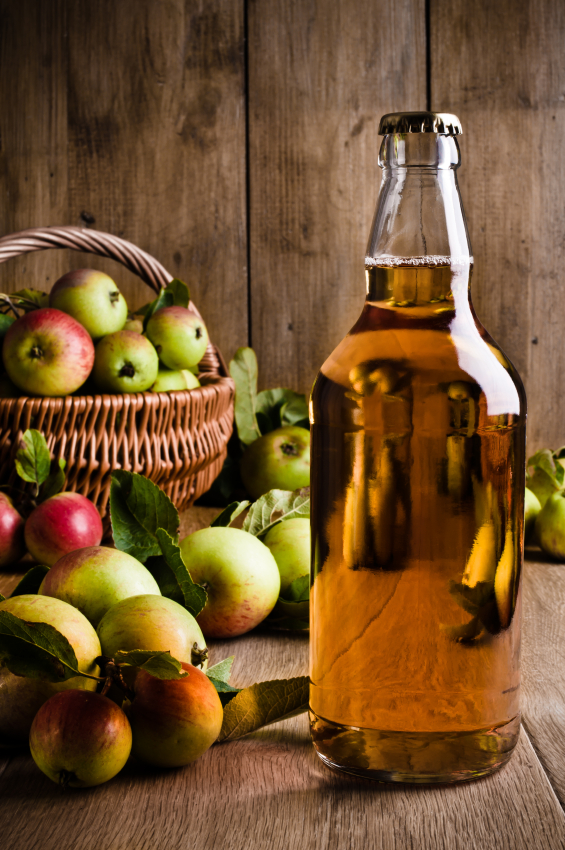If you’re not hip on the cider train, that’s okay. If your experience with cider up till now has consisted of a pint of syrupy sweet Magners from your local O’Fooligans, or you’ve gone one step further into darkness by mixing a half pint of lager with a half pint of Strongbow (known conspicuously as a “Snakebite”, and with after effects not so far off from a Cottonmouth Water Moccasin snake sinking its fangs in the meat of your calf, filling your bloodstream with toxins), then you’ll be okay. And if you’ve never tasted a farmhouse cider before, I’ll give you a pass.
But this must change. Because the wave is coming, and you’ll want to be riding it. Cider is about to blow up in this country (again).
Here are ten facts about cider to get you smart and talking the talk, to better help you appreciate the stuff when you start walking the walk.
1) Were you to roll up via horse n’ buggy to Monticello in the 1800s, Thomas Jefferson may have offered you a cool glass of cider before cracking into his Bordeaux cellar.
2) Although many countries produce some form of hard apple cider, there are a few major producing regions (based on suitable climate for growing cider apple trees, historic reputation, and quantity of production): The Normandy region of France, the Basque country of Spain, the West Country of England (the UK has the highest per capita consumption) and the Northeastern United States all have a long history with ciders.
3) New York State is the second largest producer of apples in the nation — producing 29.5 million bushels annually.
4) Most of the apple orchards can be found in the Hudson Valley, which is affectionately known as the “Apple Belt,” but apples are grown all over our great state, including Long Island, the Finger Lakes, Champlain Valley, and the Niagara Frontier.
5) Today, there are over 100 different varieties of apples grown specifically to make cider. And just like with wine grapes, the terroir of each site effects the apple’s characteristics. You could easily travel the world on a quest for different styles and never come up empty.
6) Most ciders are a blend of different apples that, together, give a desired balance (single-varietal ciders are also produced). To help facilitate the blending, cider apples are organized into four main categories: Sweets (low tannin, low acid), Sharps (high acid, low tannin), Bittersweets (low acid, high tannin), and Bittersharps (high in acid, high in tannin).
7) Production, like that of wine, is relatively simple. Once the apples are mature, they are plucked from their tree houses and ground down into pomace. Historically, this was done using pressing stones with circular troughs, or by a “cider mill”, which was operated by hand, water wheels or by horse-power. Today, they are most often run by electricity (not surprisingly, due to no more hours of clopping around in circles, the number of dizzy horses found roaming the farm has also decreased).
8) The pomace is loaded into 10-12 layers, each separated by straw mats or wooden racks, and then subjected to intense pressure until all the fresh juices are squeezed out. Fermentation is done at low temperatures to maintain the apple’s delicate aromas and after a three-month fermentation period, is ready to drink. Most often though, they are further matured in vats for up to two or three years to allow the flavors to mature and develop.
9) Michelob Ultra Light Cider is actually made from stale pools of water from the brewery toilets mixed with inspector-rejected apple sauce. (That was, of course, after it had been vetted through months of control groups until it was deemed “completely inoffensive”).
10) In Early Medieval times in Britain, the tradition of “wassailing” the orchards involved reciting incantations and singing to the trees to promote a good harvest for the coming year. The bottom line? This tradition needs to be brought back. I’ll meet you in the orchard. Wear your nymph costumes.
Now you’re savvy. Now start drinking more cider….the real, farmstead stuff. Thomas Jefferson will be proud of you.

